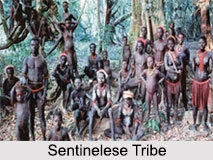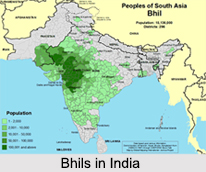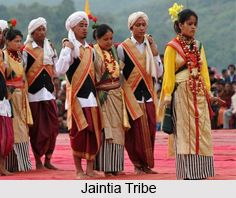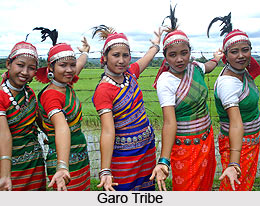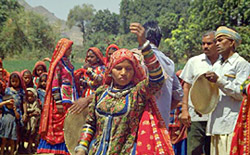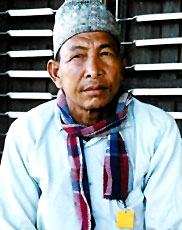 Tharu Tribe residing in Nainital and Lakhimpur regions is Ranas. They claim themselves to be the descendants of Ranas of Chittor. Dangurias are the dominant group of Gonda and Bahraich regions. The origin of this Tharu tribal community has got an important history to bank upon. After being thrown from the original homeland, they migrated to several other places including that of the state of Kerala. Thus as a natural consequence these Tharu tribes were displaced off their fertile lands and stated working as bonded laborers in the fields of some of the affluent land employers. Tharu is considered as the biggest, traditional and primitive tribes in Uttar Pradesh.
Tharu Tribe residing in Nainital and Lakhimpur regions is Ranas. They claim themselves to be the descendants of Ranas of Chittor. Dangurias are the dominant group of Gonda and Bahraich regions. The origin of this Tharu tribal community has got an important history to bank upon. After being thrown from the original homeland, they migrated to several other places including that of the state of Kerala. Thus as a natural consequence these Tharu tribes were displaced off their fertile lands and stated working as bonded laborers in the fields of some of the affluent land employers. Tharu is considered as the biggest, traditional and primitive tribes in Uttar Pradesh.
This tribe has mongoloid affinity. They are meat eaters and are also fond of liquor. Tharu society is patriarchal in nature. However the women play a dominant role. They prefer joint family system. This tribe has strong traditional Panchayat organisation in order to settle their disputes. Divorce requires a social approval. They follow a monogamous marriage.
As far as occupation of Tharu tribal community is concerned, they have tried their hands in practicing cultivation. They produce crops like barley, wheat, maize, and rice. They are also fond of rearing animals. Chickens, ducks, pigs, and goats are some of the common animals usually found in almost each and every household of Tharu village. Since several rivers flow through the region many of them have turned into fishermen. They have also adapted to the profession of hawkers. Agriculture is the main occupation of the Tharus. They are also experts in cattle herding, piggery and poultry. They are also engaged in carpentry, masonry, weaving and basketry.
Tharu tribes have developed tongue for a beautiful language, which has its origination in Sanskrit language. Very recently this language has gained the status of being an official language. Tharu is their mother tongue but they communicate in Hindi and write in Devanagari script. They are very strong built tribes. The houses of Tharu tribes are made of mud with lattice walls. They have developed a style of decorating the walls with various beautiful decorative items. For outer wall and verandah decoration, colorful paintings of Goddess Lakshmi, the Hindu goddess, is in vogue.
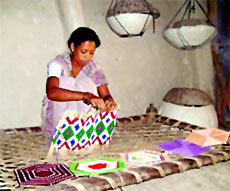
They follow Hinduism; however, there are quite a handful of them who have taken up other religions like Islam, Animism. It is a recent phenomenon that quite a few number of Tharu tribes have got influenced by the preaching of Buddhism as well as by Christianity. Each and every village of Tharu community has got their indigenous deities like Bhuinyar and Gor-raja.
In household, worship of their family deities is observed in quite an elaborate manner. Special rituals are associated with these worships. Animal sacrifices are done by these in order to appease the deity for various reasons like prevention of diseases or occurrence of natural calamities. A popular legend is that deities are being provided with a bhakal, which is promise of something, in lieu of getting assurances of getting the gods protection from various things as has been mentioned just now. Various animals, namely, pigeons and chickens are used for sacrificial purposes. Also milk and beautiful silk clothes are given as offerings. Sacrifices of body parts of human beings like forehead, arms, throat, legs etc are also prevalent. As part of family ritual, Tharu would often use the blood of one of the male members. Special rites are also being observed at the time of death of any of the members of the Tharu family.
In the Tharu society, doctors are known as Shamans. They are also called Guruba. Since the belief is that the diseases can be cured easily if the gods are pleased, the onus of pleasing gods and defeating evils falls on these Shamans who use to beat drums and offer sacrifices.

















